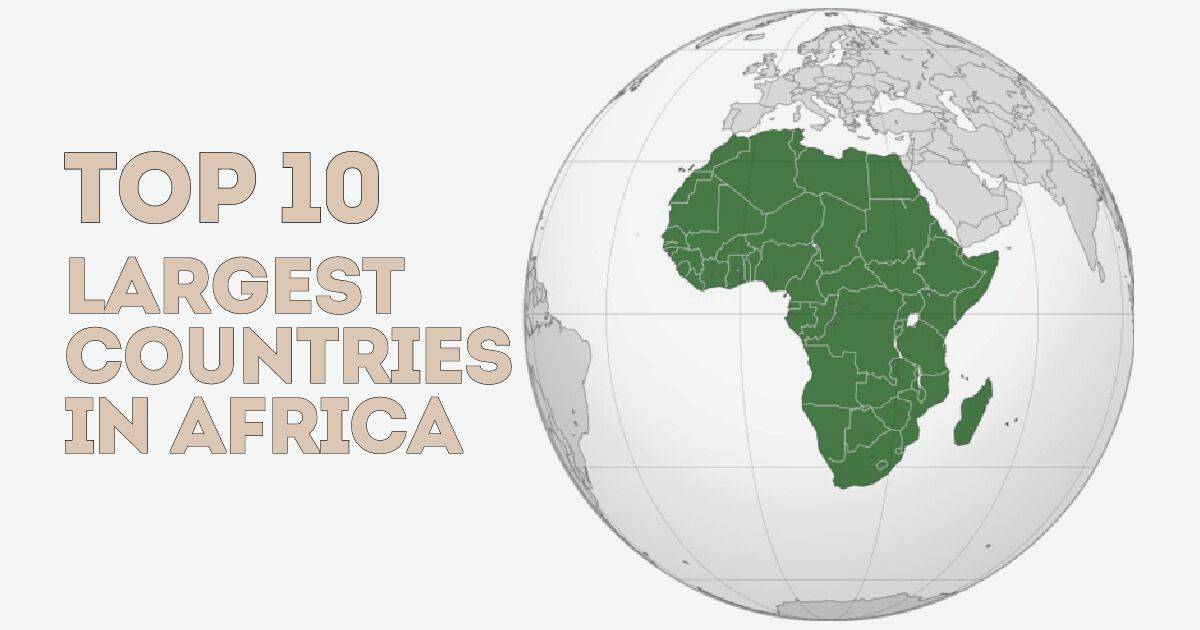Africa, the second largest continent in the world, is home to diverse landscapes, cultures, and histories. Among its vast territories, several countries stand out for their sheer size. These nations, spread across various regions of the continent, each have unique geographical features, populations, and cultural significance. This article explores the largest countries in Africa, delving into their land areas, populations, and key characteristics. Join us as we journey through what you may think is the smallest country in the world, the expansive lands of Africa’s biggest nations.
10. Ethiopia

- Population: 115 million
- Land Area: 1.1 million square kilometers
- Sub Region: Eastern Africa
- Key Features: Birthplace of coffee, Home to the Great Rift Valley
Ethiopia, located in east Africa, is a land of ancient history and diverse cultures. With a population of 115 million, it is one of the most populous countries in Africa. The nation covers a land area of 1.1 million square kilometers, making it one of the largest countries on the continent. Ethiopia is renowned for its historical significance, being one of the oldest countries in the world with a history that dates back thousands of years.
The Ethiopian landscape is dominated by the Great Rift Valley, which stretches across the country, creating a dramatic and varied terrain. The country’s climate ranges from the hot, arid lowlands to the cooler, fertile highlands, making it a land of contrasts. Ethiopia is also the birthplace of coffee, which remains a vital part of its culture and economy. The nation’s rich historical heritage is evident in its ancient churches, monasteries, and the iconic rock-hewn churches of Lalibela.
9. South Africa

- Population: 60 million
- Land Area: 1.2 million square kilometers
- Sub Region: Southern Africa
- Key Features: Indian oceans, Cultural melting pot
South Africa, located at the tip of the southern African continent, is known for its diverse cultures, languages, and landscapes. With a population of 60 million, it covers a land area of 1.2 million square kilometers. In the southern hemisphere, they are famous for their rich natural resources, particularly gold and diamonds, which have played a crucial role in their economy.
The country is a haven for wildlife enthusiasts, boasting numerous national parks and game reserves that are home to the “Big Five” – lions, elephants, rhinos, leopards, and buffaloes. The nation’s diverse climate ranges from the Mediterranean climate of the Western Cape to the subtropical climate of the eastern coastline. South Africa is also known for its vibrant cities such as Johannesburg, Cape Town, and Durban, each offering a unique cultural experience. Although, southern africa has a history of apartheid and its subsequent journey toward democracy is a significant part of its identity, with Nelson Mandela being a pivotal figure in this transformation.
8. Mali
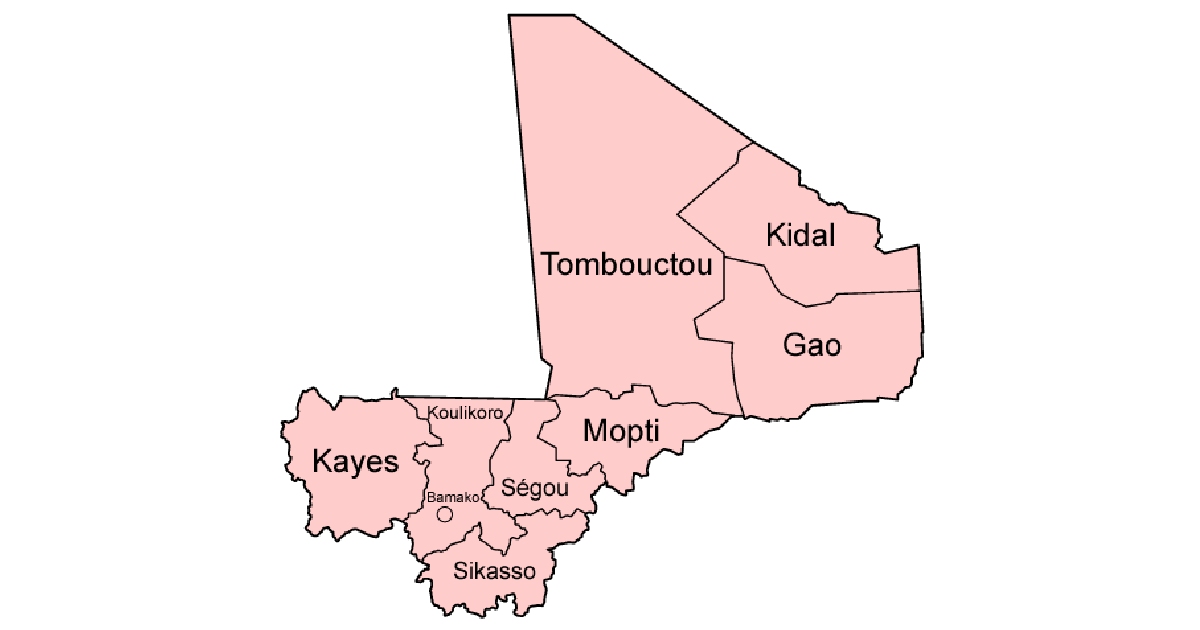
- Population: 20 million
- Land Area: 1.24 million square kilometers
- Sub Region: West Africa
- Key Features: Ancient trading hubs, Sahara Desert coverage
Mali, situated in West Africa, is known for its vast desert landscapes and rich cultural heritage. With a population of 20 million, it spans an area of 1.24 million square kilometers. Much of Mali is covered by the Sahara Desert, contributing to its arid climate and unique geographical features.
Historically, Mali was home to some of the most powerful empires in Africa, such as the Mali Empire, which was famous for its wealth and trade. The ancient city of Timbuktu, once a bustling center of commerce and learning, is now a UNESCO World Heritage site. Despite modern challenges, Mali remains rich in cultural traditions, music, and festivals. The Niger River, which flows through the country, provides a vital water source and supports agriculture in the region.
7. Angola

- Population: 33 million
- Land Area: 1.25 million square kilometers
- Sub Region: Southern Africa
- Key Features: Extensive coastline, Diverse ecosystems
Angola, located in Southern Africa, is known for its extensive coastline along the Atlantic Ocean and its abundant natural resources. With a population of 33 million, it covers a land area of 1.25 million square kilometers. Angola’s rich oil reserves and diamond mines have significantly contributed to its economy, making it one of the wealthiest countries in terms of natural resources.
The country’s diverse ecosystems range from tropical rainforests in the north to arid deserts in the south. The capital city, Luanda, is a bustling metropolis and a major port city. Angola’s cultural heritage is a blend of African, Portuguese, and Brazilian influences, evident in its music, dance, and cuisine. Despite its wealth in resources, Angola has faced challenges, including a long civil war that ended in 2002, but it continues to rebuild and develop its infrastructure and economy.
6. Niger
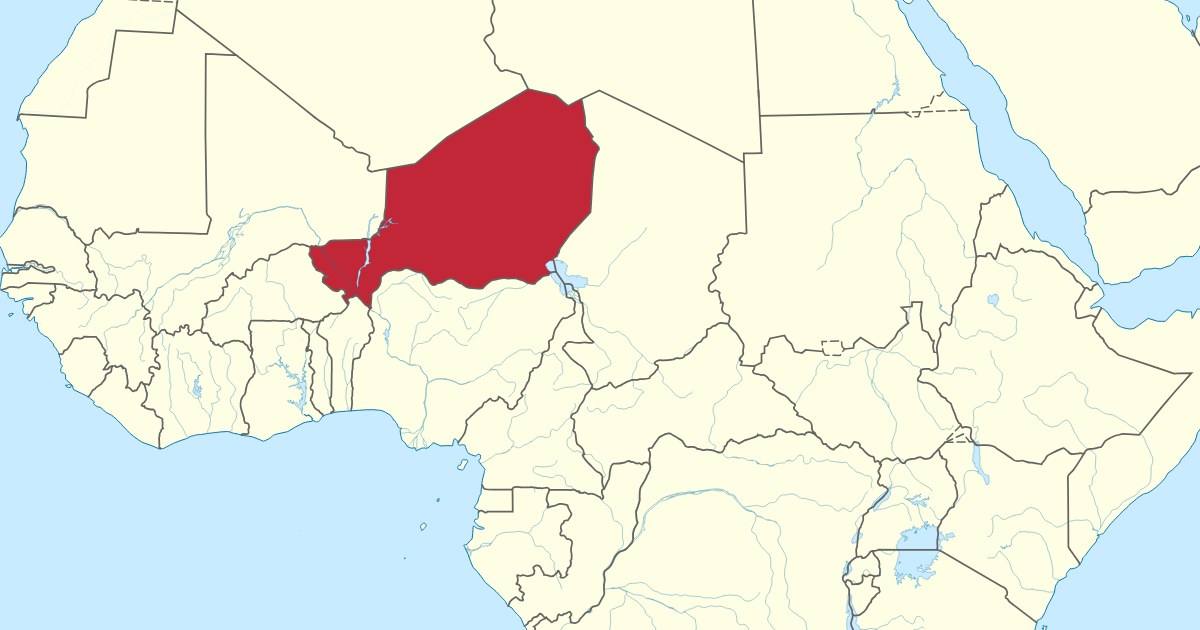
- Population: 24 million
- Land Area: 1.27 million square kilometers
- Sub Region: West Africa
- Key Features: Landlocked country, Predominantly desert
Niger, located in West Africa, is a landlocked country with a predominantly desert landscape. With a population of 24 million, it covers an area of 1.27 million square kilometers. The Sahara Desert extends over much of Niger, influencing its climate and way of life.
Niger is known for its rich cultural diversity, with numerous ethnic groups such as the Hausa, Zarma, and Tuareg. The country’s economy is primarily based on agriculture and livestock, although it also has significant uranium deposits. Despite its arid environment, Niger has a vibrant cultural scene, with traditional music, dance, and festivals playing an important role in daily life. The Niger River, which flows through the southwestern part of the country, provides a vital source of water for agriculture and sustains many communities.
5. Chad

- Population: 17 million
- Land Area: 1.28 million square kilometers
- Sub Region: Central Africa
- Key Features: Diverse landscapes, Lake Chad
Chad, situated in Central Africa and sub saharan, is known for its diverse landscapes and natural resources. With a population of 17 million, it spans an area of 1.28 million square kilometers. Chad’s geographical features include the vast Sahara Desert in the north, fertile lowlands in the south, and the significant body of water, Lake Chad.
The country’s economy is heavily reliant on agriculture, livestock, and oil. Lake Chad, once one of the largest lakes in the world, is a crucial water source for millions of people in the region. Chad’s cultural diversity is reflected in its numerous ethnic groups and languages. Despite facing challenges such as political instability and economic hardships, Chad continues to develop and utilize its natural resources to improve the living standards of its people.
4. Libya

- Population: 6.9 million
- Land Area: 1.76 million square kilometers
- Sub Region: North Africa
- Key Features: Rich oil reserves, Ancient historical sites
Libya, located in North Africa, is known for its vast desert landscapes and rich oil reserves. With a population of 6.9 million, it covers a land area of 1.76 million square kilometers. The Sahara Desert dominates much of Libya’s terrain, creating a hot and arid climate.
Libya’s economy is heavily dependent on its oil industry, which has made it one of the wealthiest countries in Africa in terms of natural resources. The country’s historical heritage is reflected in its ancient cities and archaeological sites, such as Leptis Magna and Cyrene. Despite recent political instability, Libya remains a country with significant cultural and historical importance in the region.
3. Sudan
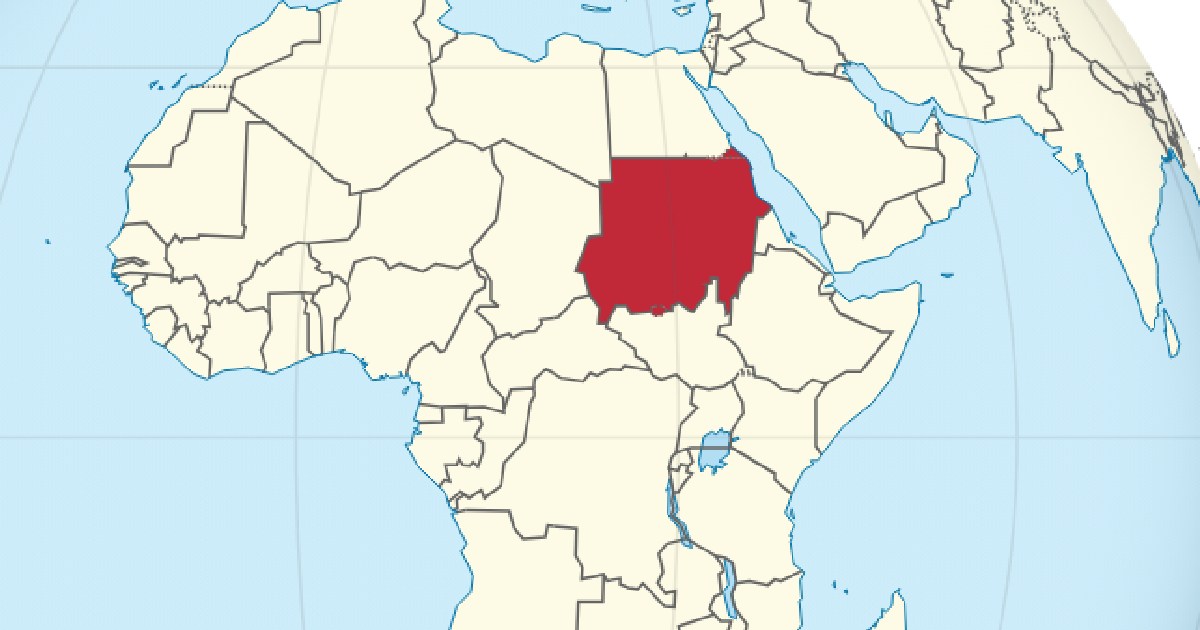
- Population: 44 million
- Land Area: 1.86 million square kilometers
- Sub Region: North Africa
- Key Features: Nile River, Rich cultural heritage
Sudan, located in North Africa, is known for its diverse landscapes and rich cultural heritage. With a population of 44 million, it covers an area of 1.86 million square kilometers. The Nile River, which flows through Sudan, is a vital water source and supports agriculture and daily life.
Sudan’s diverse landscapes range from deserts in the north to tropical forests in the south. The country’s cultural heritage is a blend of Arab and African influences, reflected in its music, dance, and art. Sudan has a long history, with ancient civilizations such as the Kingdom of Kush leaving their mark on the region and separating from south Sudan. Despite facing challenges such as political conflict and economic instability, Sudan continues to be a land of cultural richness and natural beauty.
2. Democratic Republic of the Congo (DR Congo)
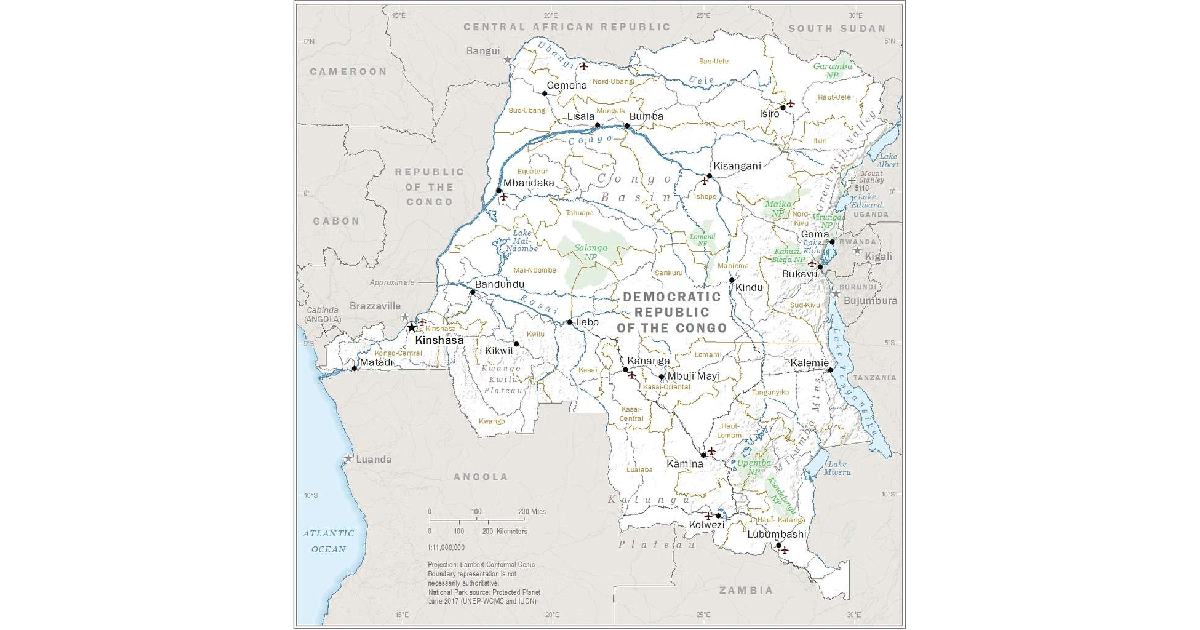
- Population: 89 million
- Land Area: 2.34 million square kilometers
- Sub Region: Central Africa
- Key Features: Congo River Basin, Diverse ecosystems
The Democratic Republic of the Congo (DR Congo), located in Central Africa, is one of the largest countries on the African continent. With a population of 89 million, it covers a vast area of 2.34 million square kilometers. The country’s rich natural resources, including minerals such as cobalt and diamonds, have made it an important player in the global economy.
The Congo River Basin, which stretches across the country, is home to some of the most diverse ecosystems in the world, including rainforests, savannas, and wetlands. The DR Congo’s cultural diversity is reflected in its numerous ethnic groups and languages. Despite facing challenges such as political instability and economic difficulties, the country remains rich in natural beauty and cultural heritage.
1. Algeria

- Population: 44 million
- Land Area: 2.38 million square kilometers
- Sub Region: North Africa
- Key Features: Sahara Desert coverage, Rich oil and gas reserves
Algeria, located in North Africa, is the largest country in Africa by land area and the tenth largest country in the world. With a population of 44 million, it spans an area of 2.38 million square kilometers. The Sahara Desert covers much of Algeria, creating a hot and arid climate that characterizes the region.
Algeria’s economy is heavily reliant on its rich oil and gas reserves, which have made it one of the wealthiest countries in Africa in terms of natural resources. The country’s diverse landscapes range from the coastal plains along the Mediterranean Sea to the rugged mountains of the Atlas range. Algeria’s cultural heritage is a blend of Arab, Berber, and French influences, reflected in its language, cuisine, and architecture. Despite facing challenges such as political unrest and economic instability, Algeria remains a land of cultural richness and natural beauty.
Conclusion
African countries are as diverse as the continent itself, each offering unique landscapes, cultures, and histories. From the ancient civilizations of Ethiopia and Sudan to the rich natural resources of Angola and Libya, these nations play a significant role in the global economy and cultural heritage. As we explore these vast territories, we gain a deeper appreciation for the intricate tapestry of life that exists on the African continent. Whether it’s the arid deserts of the Sahara or the lush rainforests of the Congo Basin, Africa’s largest countries are a testament to the continent’s enduring beauty and resilience.
Frequently Asked Questions (FAQs)
What are the 10 biggest countries in Africa?
The 10 biggest countries in Africa by land area are Algeria, the Democratic Republic of the Congo (DR Congo), Sudan, Libya, Chad, Niger, Angola, Mali, South Africa, and Ethiopia. These countries cover vast expanses of the African continent, each offering unique landscapes ranging from deserts and savannas to rainforests and coastal plains. Their significant sizes contribute to Africa’s overall geographical diversity.
What are the five largest countries by population in Africa?
The five largest countries by population in Africa are Nigeria, Ethiopia, Egypt, the Democratic Republic of the Congo (DR Congo), and Tanzania. These nations have the highest population counts on the continent, with diverse cultures, languages, and histories. Their large populations play a crucial role in the socio-economic dynamics of Africa, contributing to the continent’s vibrant and diverse human landscape.
Which 3 countries in Africa are physically the largest?
The three physically largest countries in Africa are Algeria, the Democratic Republic of the Congo (DR Congo), and Sudan. Algeria, the largest country, covers 2.38 million square kilometers, dominated by the Sahara Desert. The DR Congo spans 2.34 million square kilometers, rich in natural resources and biodiversity. Sudan, covering 1.86 million square kilometers, features diverse landscapes from deserts to riverine ecosystems.
Are there 54 or 57 countries in Africa?
Africa comprises 54 recognized countries. This count includes all the member states of the African Union. The confusion over 57 countries may arise from including territories and regions with varying degrees of autonomy but not universally recognized as independent countries. Officially, Africa is home to 54 sovereign nations, each with its unique culture, geography, and history, contributing to the continent’s diversity.
What is the most popular country in Africa?
The most popular country in Africa, often considered due to its global recognition, rich history, and cultural influence, is Egypt. Famous for its ancient civilization, pyramids, and the Nile River, Egypt attracts millions of tourists yearly. Its strategic location bridging Africa and Asia, along with a vibrant cultural heritage that blends ancient and modern influences, makes Egypt a standout destination on the African continent.

